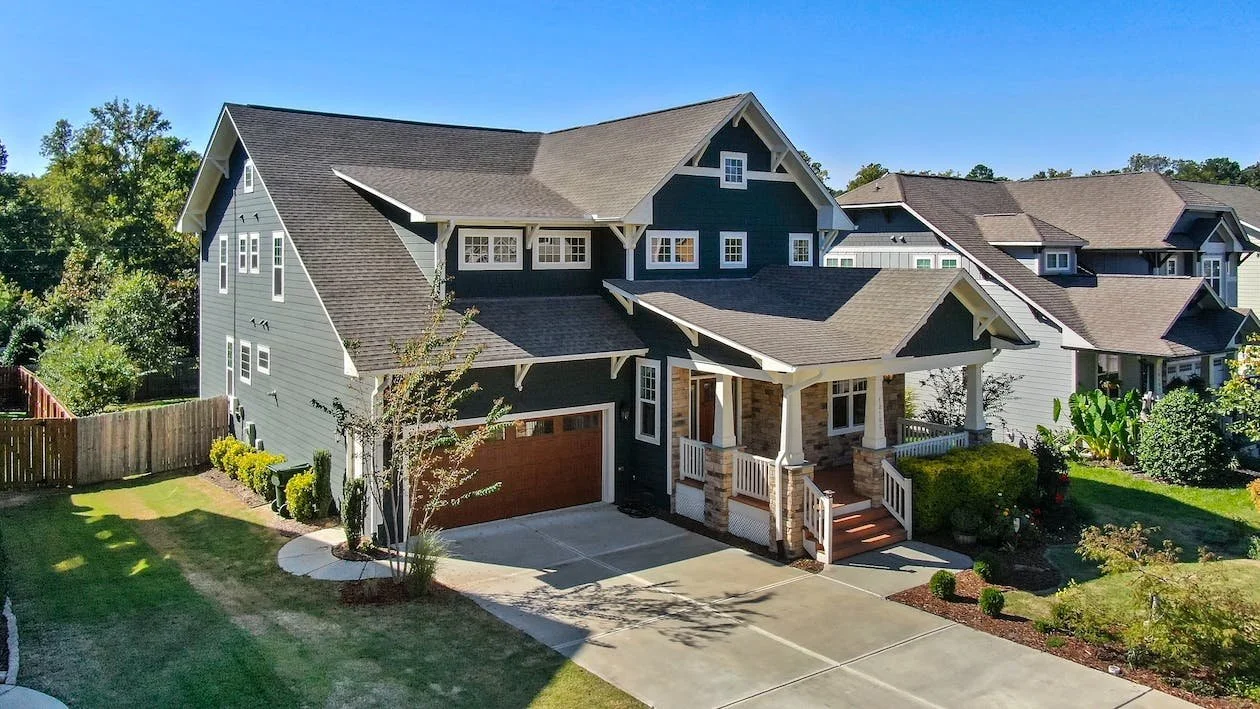Manufactured Developments Are Becoming More Favorable in the Multifamily Sector
Thanks to high interest rates, supply-chain bottlenecks, and increased commodities cost for raw construction materials, prefabricated home construction is picking up speed as a substitute for traditional multifamily developments.
The prefabricated construction category includes modular units (which are homes built in a factory and later assembled on-site), and manufactured houses (which are also factory-assembled but are built to meet national HUD standards), and mobile homes. Against a backdrop of a national housing shortage and a turbulent economic landscape, traditional multifamily construction methods are getting sidelined in favor of factory-built homes. The U.S. Census Bureau is seeing a 31 percent growth in the industry from May of 2022 to May of 2020, and demand is only continuing to climb.
Because of the streamlined process that comes with building in a factory, the timeline of construction for a prefabricated home is much faster than ground-up construction, and therefore much less expensive. However, there are some disadvantages: because each building site is unique to its locale’s terrain, weather, and zoning regulations, standardizing factory construction methods to suit the destination for every building is a challenge. Then of course there’s the longstanding cultural stigma attached to factory-made homes for being “cheap,” which has prompted policymakers to create stringent zoning regulations that disallowed prefabricated developments from building in desirable neighborhoods, making it a less-than-stellar investment for multifamily landlords. Despite these headwinds, prefab construction seems to be gaining favor which may provide one more tool for developers looking to build more homes, faster.

